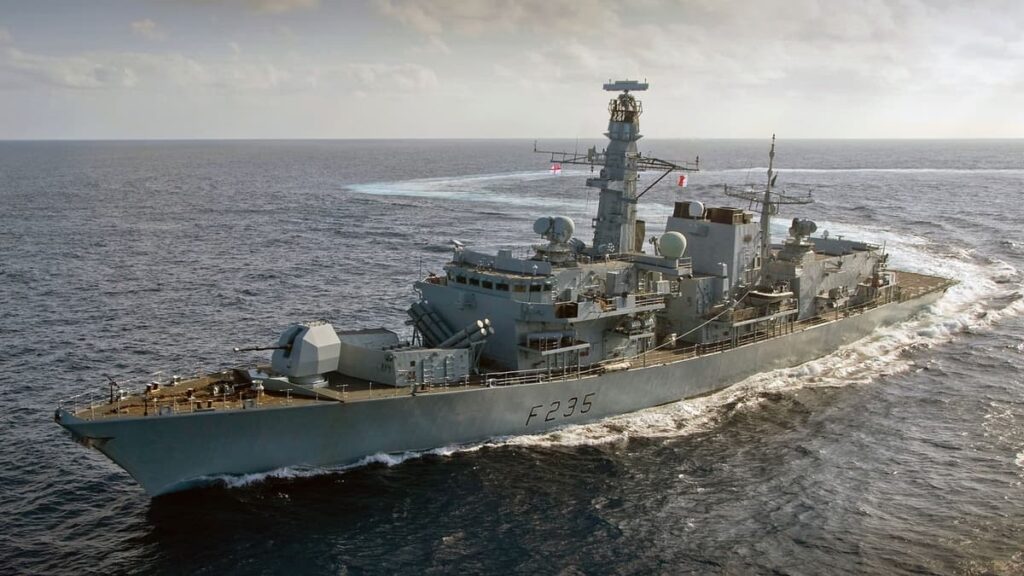In 2022, the global ship finance industry faced significant challenges due to various factors affecting the shipping market. The Ukrainian war and geopolitical tensions led to a sharp increase in energy prices, including natural gas, crude oil, and coal. This, along with international sanctions, resulted in a divergence between energy-related trade, which increased, and non-energy-related trade, which declined. As a consequence, the tanker market experienced a profit boost, with vessel prices and freights rising due to longer hauls and higher ton miles.
However, the bulk carrier market saw a decline in earnings in the second half of the year. Port congestion returned to pre-COVID levels, and weakened demand, particularly from China, led to a decrease in average bulker earnings. Despite restrained fleet growth, the dry bulk market faced challenges.
The container shipping market experienced a significant shift from highs in early 2022 to a softening market in the second half. Demand pressures and lower port congestion contributed to the earlier high levels, but a decrease of 80% from the peak was observed.
In contrast, the LNG, LPG, chemical, and offshore markets remained firm, reflecting positive sector factors. Overall, seaborne trade fell slightly, while fleet growth and port congestion weakened the dry bulk and container markets.
Restricted newbuilding slots and inflationary pressures limited newbuilding activity, while the newbuilding price index reached a 15-year high. The sale and purchase (S&P) market remained active, allowing owners to adjust their fleets in accordance with their strategies, including the adoption of eco-friendly vessels.
The global finance industry faced challenges due to the shipping market conditions, geopolitical issues, and uncertain global economic prospects. Bank competition increased, particularly among top-tier private and public owners, as banks aimed to grow their loan portfolios and combat loan prepayments resulting from rising interest rates. The Poseidon Principles banks, focusing on green and sustainable loans, accounted for 50% of bank ship finance.
Chinese leasing encountered difficulties in 2022, including the arrest of key executives, reduced requirements from owners, rising vessel prices, high interest rates, and regulatory constraints. However, growth re-emerged towards the end of the year. Japanese leasing and bank finance experienced a resurgence due to local factors such as the replenishment of the Japanese fleet through newbuilding orders.
Overall, the ship finance industry faced challenges in 2022, but the credit quality of banks’ loan portfolios remained strong. Alternative finance options became more established, targeting mid-tier owners and filling the gap left by banks and leasing companies. To remain competitive, alternative finance offered greater flexibility and lower loan amortization schedules, offsetting higher costs.








